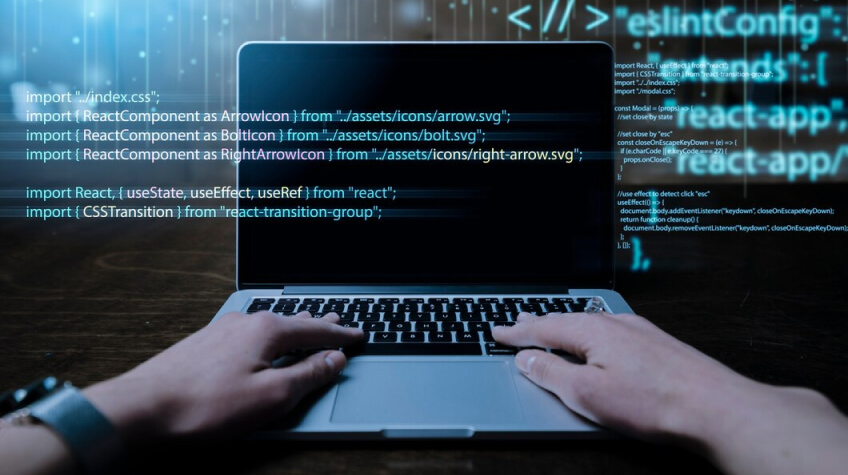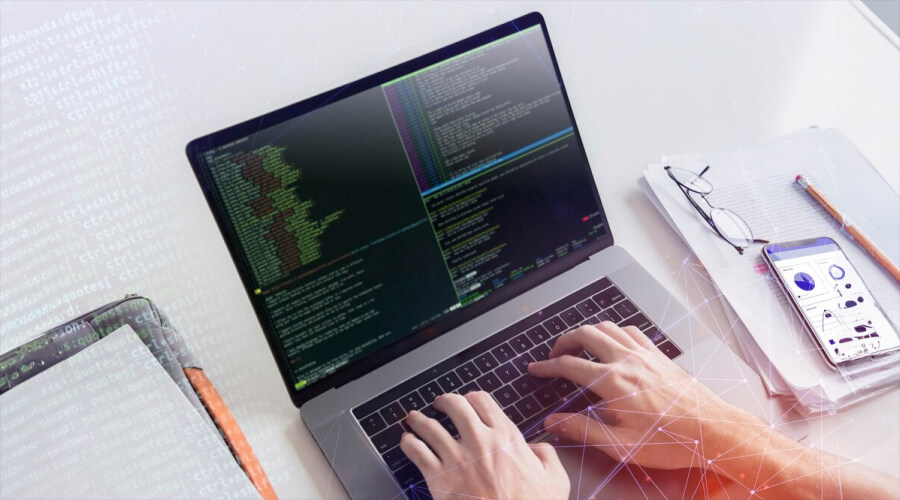
High-quality game production in the dynamic and always changing game development world depends on the appropriate tools. Among the most important equipment for game creators is a strong laptop. Those meant for game creation, in contrast to ordinary laptops, must do demanding jobs include handling intricate simulations, operating game engines, and producing excellent visuals. This tutorial will help you choose the best laptop for game development so you have the right equipment to realize your artistic ideas.
Why Do You Need a Laptop for Game Development?
Game production is a challenging profession combining programming, graphic design, animation, sound engineering, and other skills.
For various reasons, then, a strong and dependable laptop is essential:
- Real-time testing and debugging across different devices and screen sizes.
- Collaboration with team members using various communication platforms.
- Professional presentation of prototypes and functionalities to clients.
- Develop games from any location, whether at home, in a cafe, or on the go.
How to Choose a Laptop for Game Development?

Several important considerations go into selecting the ideal laptop for game development: specs, price, storage capacity, graphics capabilities, display Quality, mobility, build Quality, connection, input and output devices, operating system, and research.
1. Choose the Right Specifications
A. Lifestyle
- Portability: If you travel a lot, a lightweight laptop with a five to ten hour battery life is essential. Being portable means you won’t be limited to a power outlet and can operate from different places.
- Desktop Replacement: A stronger desktop replacement might be better for developers who operate mostly from a fixed location. Should you still choose a laptop, however, think about enhancing your workplace by connecting it to big displays and other accessories.
B. Game Development Tools
- Programming and Design Tools: Developing games calls for strong tools like Adobe Creative Suite, Blender, Unreal Engine, and Unity. In order to run well, these tools need powerful CPUs and plenty of RAM. Check that your laptop can run these programs without stuttering.
- Integrated Development Environments (IDEs): A laptop that can run JetBrains Rider, Eclipse, or Visual Studio fluently is what you’ll need. Coding and debugging depend heavily on these environments.
C. Performance
Minimum Requirements
- Processor: AMD Ryzen processor or Intel Core i5 (8th generation)
- RAM: 16 GB RAM (DDR4)
- Storage: 512 GB SSD
- Graphics: Dedicated graphics card (e.g., NVIDIA GeForce GTX 1650)
- Display: Full HD screen resolution (1920 x 1080 pixels)
Recommended Specifications
- Processor: Intel Core i7 (10th generation) or AMD Ryzen 5/7
- RAM: 16 GB RAM or more
- Storage: 1 TB SSD or more
- Graphics: NVIDIA GeForce RTX series graphics card
- Display: Screen resolution of 1920 x 1080 pixels or higher (4K if possible)
A laptop meeting these specifications will ensure smooth operations and efficient handling of intensive game development tasks.
D. Warranty and Service
Choosing a laptop with a solid warranty and reliable customer service is vital. Game development laptops are significant investments, and having a good warranty ensures that any hardware issues are addressed promptly, minimizing downtime.
2. Set Your Budget
Selecting a laptop for game development depends heavily on budget. Generally speaking, game developer laptops cost extra because of the high-performance parts needed. Nevertheless, making a good laptop investment can guarantee a longer lifetime and save you from regular updates. A laptop that satisfies the needs of game development should cost between $1500 and $3000.
3. Storage Capacity
Development of games requires enough storage since project data, assets, and program installs may be rather large. Recommended is a minimum of 512 GB SSD, but for optimal speed and plenty of storage, 1 TB or more is ideal. Faster data access and increased workflow efficiency are guaranteed by SSDs than by conventional HDDs.
4. Graphic Capability
Game creation requires the capacity to manage intricate graphics and rendering jobs, hence graphics expertise is essential. You really must have a dedicated graphics card. Seek for laptops with a minimum of 6 GB of VRAM. The outstanding performance and support for cutting-edge graphics technologies like ray tracing of the NVIDIA GeForce RTX series come highly recommended.
5. Display Quality
Accurate color reproduction and broad viewing angles require a high-resolution display. The minimum resolution to consider is Full HD (1920 x 1080), but for intricate work, a 4K monitor is even better. IPS technology also guarantees better color accuracy and viewing angles—two more requirements for precisely evaluating design elements.
6. Portability and Battery Life
While battery life must be balanced with performance, the former is as vital. To guarantee lengthy working hours—especially while away from a power source—go for laptops with powerful CPUs and excellent battery optimization. At least five to ten hours of battery life are perfect for working on game development while on the road.
7. Build Quality
Further crucial is build quality. Laptops constructed using robust materials like magnesium alloy or aluminum are more likely to tolerate daily usage abuse. Seek features like spill-resistant keyboards and reinforced hinges to guarantee lifespan and reliability.
8. Connectivity
Make sure the laptop has a range of ports for connecting accessories and external devices. Needed ports are USB-A, USB-C, HDMI, and Ethernet. Robust Wi-Fi and Bluetooth compatibility for wireless devices may also improve productivity and adaptability.
9. Input and Output Devices
Long development sessions, in particular, require a snappy touchpad and an ergonomic keyboard for comfortable usage. More screen real estate offered by high-resolution external monitors may greatly increase productivity. Testing game audio features also requires dependable audio output.
10. Choose an Operating System
Your workflow and compatibility with game development tools might be impacted by the operating system you use.
- Windows: Generally supported and compatible with most game development tools and applications.
- Linux: Although Linux provides many customization options, some users may find it too complicated.
- Mac OS: Generally more costly and exclusive to Apple products, Mac OS is renowned for its robust performance and seamless user experience.
11. Research and Compare
Investigate and contrast laptops in-depth using specs, user reviews, and professional advice to make an educated choice. To choose which is the greatest match for your requirements, take performance, build quality, and pricing into account. Furthermore insightful sources include reading reviews and consulting with other developers.
Conclusion
Intense chores like programming, visual design, and testing need strong hardware in the demanding profession of game creation. A laptop’s performance, price, storage capacity, graphics capabilities, display quality, mobility, build quality, connection, input and output devices, and operating system are all important considerations when selecting one. By carefully weighing these elements and doing extensive research, you may select a laptop that suits your demands and encourages your creative pursuits.
Creating excellent games that enthrall players is made possible by ensuring a seamless and effective workflow with the appropriate laptop. Purchasing a strong and dependable laptop will increase your output and provide the adaptability and resources required to realize your game development ideas. Success in the cutthroat and fascinating field of game creation depends on having the proper hardware, regardless of your level of experience—independent or working with a bigger team.






